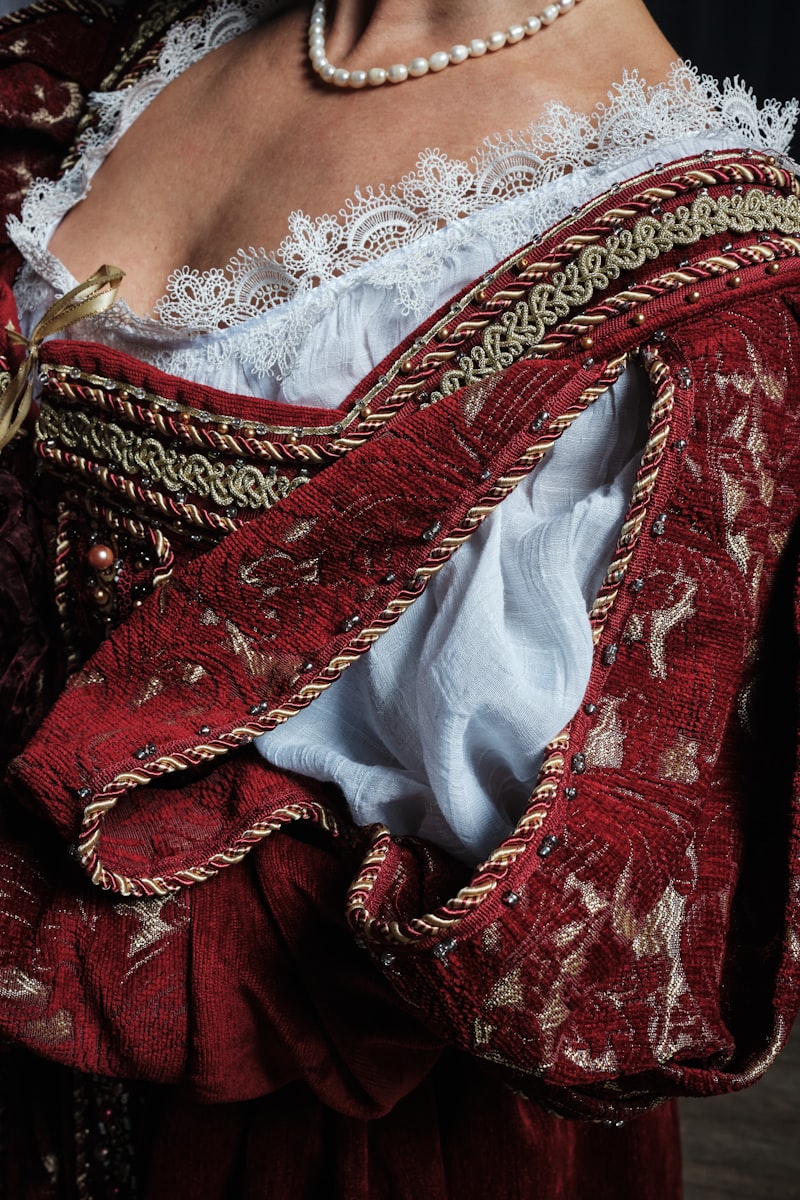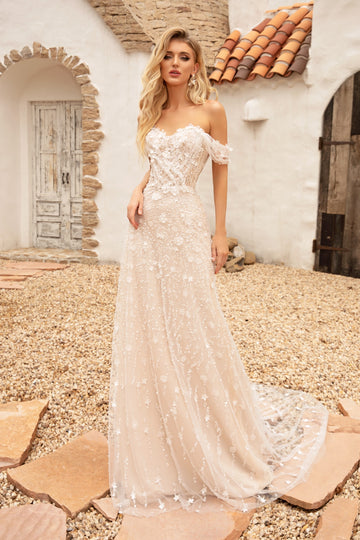Fashion Statements Made by Wedding Gowns Across History
Fashion Statements Made by Wedding Gowns Across History
Wedding gowns have evolved dramatically throughout history, reflecting changes in fashion, social norms, and cultural values. From royal traditions to modern-day statements, the evolution of wedding dresses tells a fascinating story about femininity, status, and style. In this article, we will explore the significant fashion statements made by wedding gowns from the past to the present, analyze how they vary across cultures, and offer a glimpse into future trends.
Historical Evolution of Wedding Gowns
The history of wedding gowns is as rich as the fabric they are made from. While the tradition of wearing a special dress on the wedding day can be traced back to ancient civilizations, it was not until the 19th century that brides began to wear white gowns as a standard practice.
The Early Days: Ancient Civilizations
In ancient Rome and Greece, brides typically wore tunics made from colorful materials that symbolized fertility and prosperity. These gowns were often adorned with intricate designs and textiles, showcasing the bride's social status. In many cultures, the color of the gown varied, with brighter hues representing joy and celebration.

The Victorian Era: The Rise of the White Wedding Dress
The white wedding gown gained popularity in the Victorian era, largely thanks to Queen Victoria's marriage to Prince Albert in 1840. Queen Victoria wore a white gown made of silk satin, which was considered a radical choice at the time. This decision sparked a trend that continues to influence wedding fashion today. The white dress became a symbol of purity and elegance, fundamentally changing the way brides perceived their attire.
Cultural Variations in Wedding Gowns
While the white wedding dress has become a Western classic, different cultures have their interpretations and trends when it comes to bridal gowns.
Traditional Eastern Influences
In many Asian cultures, red is the preferred color for wedding gowns. For example, Chinese brides often don a red qipao or a traditional wedding dress adorned with intricate embroidery and gold accents. The color red symbolizes happiness and prosperity, making it a favorable choice for a joyous occasion.
| Culture | Typical Color | Significance |
| Western (USA, Europe) | White | Purity and Elegance |
| Chinese | Red | Happiness and Prosperity |
| Indian | Red and Gold | Prosperity and Good Fortune |
| Mexican | Various Colors | Cultural Heritage |
In India, brides often wear a lehenga or saree, traditionally in vibrant colors like red and gold, symbolizing love and auspiciousness. Additionally, the utilization of elaborate embellishments and textiles enhances the cultural richness of Indian wedding attire.
Modern Trends: Breaking Away from Tradition
In today's world, many brides are embracing non-traditional wedding gowns, choosing colors and styles that reflect their personal taste rather than adhering strictly to tradition. Designers are exploring innovative silhouettes, unique fabric combinations, and unconventional colors.
Brides are increasingly opting for short dresses, jumpsuits, and even pantsuits, breaking traditional norms while making bold fashion statements. These choices signify a cultural shift towards individuality and self-expression.
Influential Designers and Iconic Styles
Numerous designers have left their mark on wedding fashion through the years. Here are some iconic styles that have shaped the way we view wedding gowns:
1. Vera Wang
Vera Wang is a leading figure in the bridal fashion industry, known for her modern aesthetic and the ability to redefine traditional silhouettes. Her gowns often feature striking detailing and luxurious fabrics, appealing to contemporary brides who wish to showcase their style.
2. Pronovias
Founded in Barcelona, Pronovias is renowned for its elegant and sophisticated designs. Their use of exquisite lace and intricate beadwork has made them a favorite among brides looking for a timeless look.
3. Monique Lhuillier
This American designer is known for her romantic and glamorous gowns, often incorporating vintage-inspired elements. Lhuillier's designs cater to brides who seek a fairy-tale aesthetic for their special day.
The Future of Wedding Gowns
As society continues to evolve, so will the trends in wedding gowns. Sustainable fashion is becoming increasingly important, with many designers opting for eco-friendly materials and ethical production practices. Additionally, brides are actively seeking out vintage gowns or second-hand options to minimize their ecological footprint.
Conclusion
Wedding gowns have played a significant role in cultural expression and fashion statements throughout history. From the white gowns of the Victorian era to the colorful and diverse modern styles, bridal fashion continues to evolve, reflecting societal changes and personal choices. As we look to the future, it's evident that the tradition of the wedding gown will adapt to fit new ideals of beauty, sustainability, and individuality.
In summary, when selecting a wedding gown, it's essential to consider one’s personal style while also staying informed about cultural nuances and modern trends. Whether you lean towards the classic white dress or decide to embrace a vibrant hue, the most important aspect is that your wedding gown represents you—a true fashion statement for your special day.
